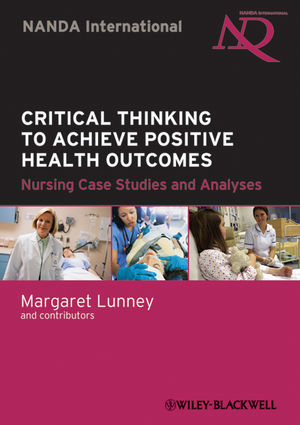|
Textbook
Critical Thinking to Achieve Positive Health Outcomes: Nursing Case Studies and AnalysesWiley-Blackwell
 This product is not currently available for purchase from this website.
For customer care, special sales, or to find your rep, please visit our Contact Us page. |
Downloads
| Download Title | Size | Download |
|---|



